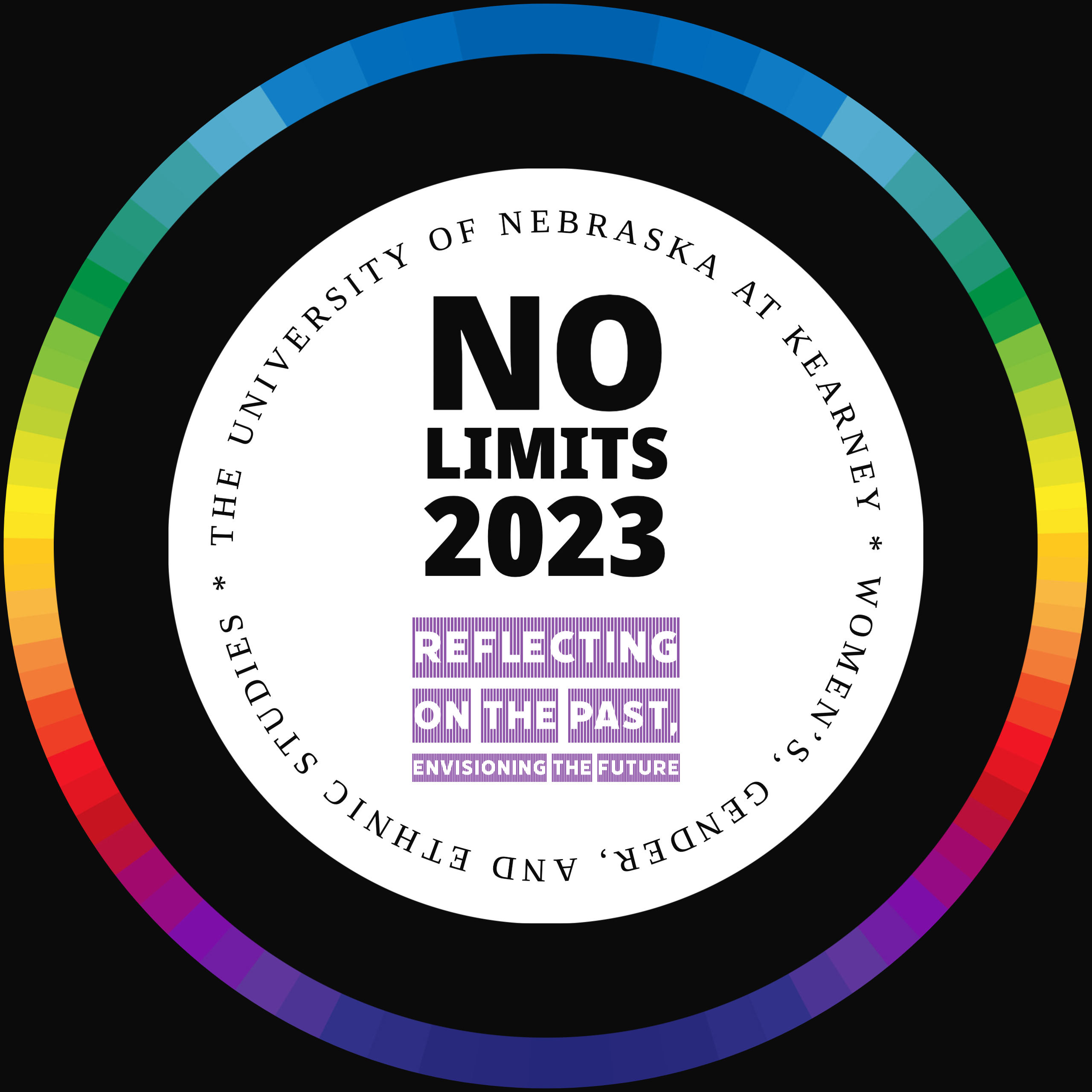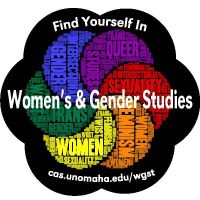Foundations and Applications of Relationship Anarchy: How Neurodivergence, Queerness and Kink Create the Post-Normal World
Location
Ponderosa Room C
Presentation Type
Presentation
Start Date
3-3-2023 1:25 PM
Event Sort Order
31
Abstract
Neuroqueer is the intersection of neurodivergence and queerness. It can be used as an identifier or adjective and as an action or verb. Neuroqueer as a term was coined in the early 2000s by Nick Walker, a transgender and autistic educator. Neuroqueering our understanding of ourselves and the society we live in can help us shift into the neurodiversity paradigm and reach post-normal futures.
Ethical non-monogamy is an alternative relationship practice that can be executed in a multiplicity of ways. In a mono heteronormative society, meaning that monogamy and heterosexuality are considered the “norm,” misconceptions about ENM cloud the greater community from accepting and understanding this relationship style.
Kink can be loosely defined as creative and personal pleasurable activities. Some traits of kink are shared and can be categorized into bondage, domination, submission/sadism/switch, and masochism shortened to BDSM. There are numerous roles that can be explored in kink and multiple tools that can be included in kink expression.
Overlap between these identities is prominent in queer circles, due to their all-encompassing nature. To address how these ideas relate, we plan to highlight how each identity is considered nonconformist or different. Stigmatization around these topics is one unifying trait that serves to shame those placed in the other category. The fluidity of each concept promotes inclusion and does not erase what is considered the “norm,” but expands societal views on what’s deemed acceptable. This expansion could allow these intersecting identities to coexist with pre established gender, sexuality, and ability roles rather than in fear of them. We call participants to envision a post-normal society where these identities are undifferentiated from what’s expected and stigmatization can dissolve.
Foundations and Applications of Relationship Anarchy: How Neurodivergence, Queerness and Kink Create the Post-Normal World
Ponderosa Room C
Neuroqueer is the intersection of neurodivergence and queerness. It can be used as an identifier or adjective and as an action or verb. Neuroqueer as a term was coined in the early 2000s by Nick Walker, a transgender and autistic educator. Neuroqueering our understanding of ourselves and the society we live in can help us shift into the neurodiversity paradigm and reach post-normal futures.
Ethical non-monogamy is an alternative relationship practice that can be executed in a multiplicity of ways. In a mono heteronormative society, meaning that monogamy and heterosexuality are considered the “norm,” misconceptions about ENM cloud the greater community from accepting and understanding this relationship style.
Kink can be loosely defined as creative and personal pleasurable activities. Some traits of kink are shared and can be categorized into bondage, domination, submission/sadism/switch, and masochism shortened to BDSM. There are numerous roles that can be explored in kink and multiple tools that can be included in kink expression.
Overlap between these identities is prominent in queer circles, due to their all-encompassing nature. To address how these ideas relate, we plan to highlight how each identity is considered nonconformist or different. Stigmatization around these topics is one unifying trait that serves to shame those placed in the other category. The fluidity of each concept promotes inclusion and does not erase what is considered the “norm,” but expands societal views on what’s deemed acceptable. This expansion could allow these intersecting identities to coexist with pre established gender, sexuality, and ability roles rather than in fear of them. We call participants to envision a post-normal society where these identities are undifferentiated from what’s expected and stigmatization can dissolve.






Presenter Bio
Eden: Eden is an undergraduate student in Psychology and Women's, Gender, and Sexuality's Studies. They hope to become a counselor who will specialize in BGLTQIA2S+ and autistic care. Her research aims to better understand the experiences of the neuroqueer community and possibilities for systemic change.
GP: I am a graduate student in Biology with emphasis in plant ecology. Currently articulating a thesis on indigenous land use and its implications for invasive plant management in urban Oklahoma. As a gender and sexuality scholar, I live as a pleasure activist and view biology from a queer lens.